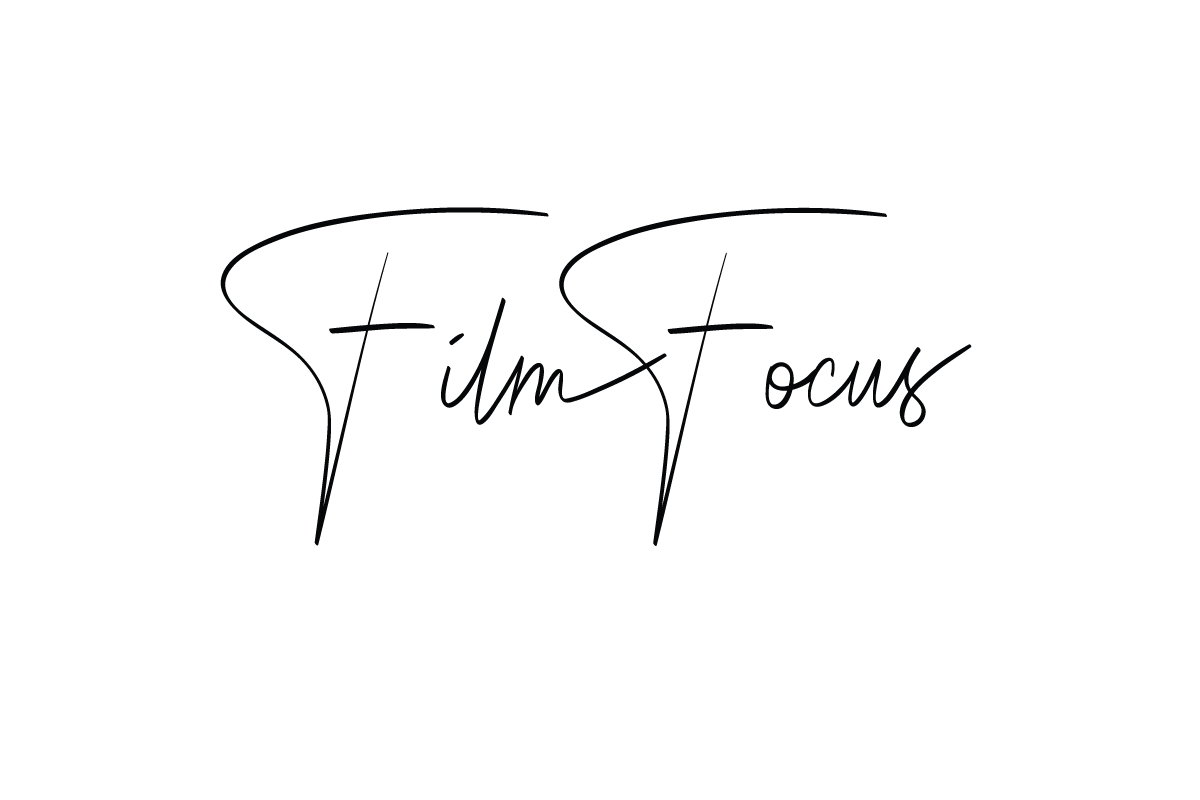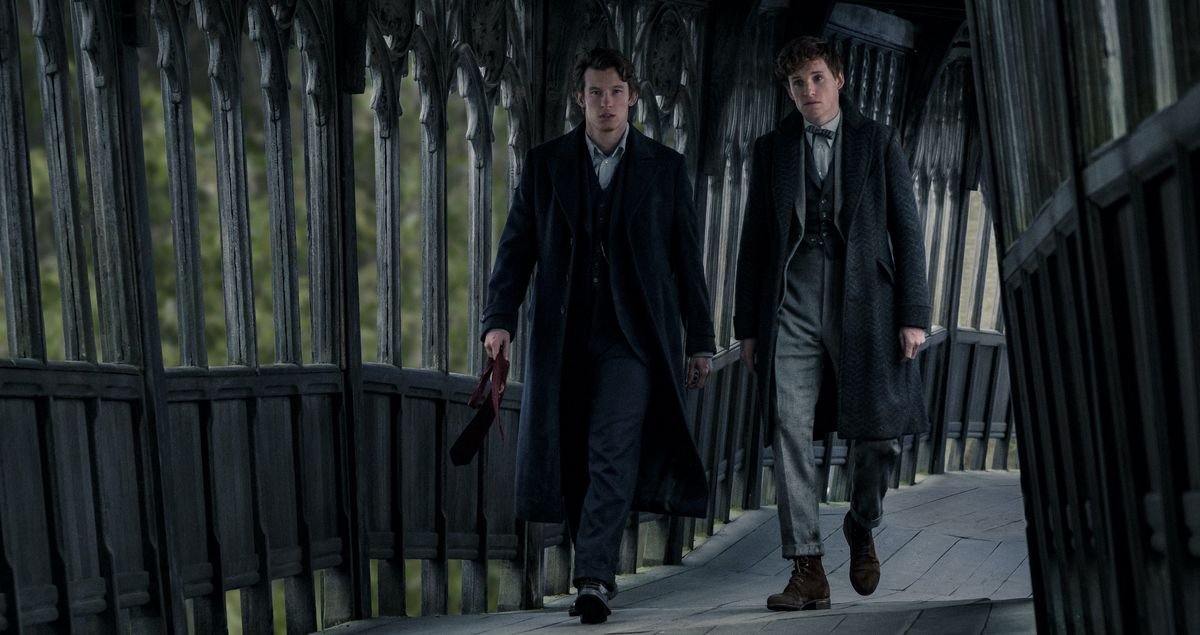Is Cursed Child Better Than Fantastic Beasts?
We caught both the new Harry Potter film, and the two-part Melbourne stage show, to see which avenue is furthering the franchise, and which is a stuttering mess going off the rails.
There’s something truly infuriating about film studios in this day and age. Whether it’s Disney’s take on the new Star Wars films, or Warner Bros playing around with Harry Potter IP, it seems like studio execs can’t wrap their heads around the fact that the worldwide audience may be willing to accept a new swathe of characters; a new storyline, in the same universe, but entirely disconnected from those gone before.
Take the two spin-offs of the Harry Potter franchise. Firstly, we have Harry Potter and the Cursed Child, a two-part play (recently adapted into a single, 3 hour long production) that has been a stalwart of The Princess Theatre in Melbourne for a couple of years now. The theatrical experience is truly spectacular, and we were left gobsmacked by the sheer technical wizardry on display. There’s plenty you don’t want to reveal, so some we’ll keep a secret so it hits harder in theaters, but rest assured that you’ve never seen a stage show as well produced as this. The issue for the show, then, comes down to the story.
The play focuses on Harry Potter and Ginny Weasley’s son Albus, and his friend (and the son of Draco Malfoy) Scorpius. They form an unlikely friendship after Albus is shockingly sorted into Slytherin, and as the years progress and Albus draws further into himself and away from his family, it seems like the family unit may indeed fracture. That is, until Albus and Scorpius find themselves embroiled in an evil plot, involving time turners, evil progeny, and more. While Harry, Ron and Hermione kick their heels and try to work out what’s going on, Albus and Scorpius must travel through time, altering timelines, and work out a way to stop the return of Lord Voldemort himself.
It’s a smart little conceit on the part of now canceled JK Rowling, who uses some of her literary devices to craft a new story that is both fresh, and allows for the endless recall of various moments of the series. We see the return of the Death Eaters, Voldemort, Cedric, Umbridge, and more. Indeed, they even travel back to classic moments from the books like the Triwizard Tournament’s dragon challenge. All of this sort of works in with the story, but the hoops the creative team has to jump through to hit those moments can sometimes feel utterly ridiculous, particularly in the early stages of the play.
Then there’s the issue of the main trio; Harry, Ron and Hermione. While the aged Ron is pretty much spot on for where you would imagine him to be, both Harry and Hermione as characters are completely unrecognizable when compared with their school day selves. It creates, at least for the early part of the piece, a severe sense of cognitive dissonance, and you find yourself cringing whenever they are on stage.
But before we come to a verdict on The Cursed Child, let’s take a look at the Fantastic Beasts series.
The first Fantastic Beasts movie was, while not a triumph, definitely a success. It explored new avenues of the world, it brought to life a series of incredible magical beasts and creations. Newt Scamander, as played by Eddie Redmayne, was a joy to watch. The story, despite working in some mentions of the wider wizarding world and having a shock Grindelwald reveal, largely was self-contained, and wrapped up. That’s the most important part here; we got an ending. A resolution.
Jump forward to the second installment, and half of the stuff that was set in stone at the end of the first film, was now just undone for the sake of continuing the franchise. The second film was a muddled mess that struggled to shake its origins as a story about Newt, while also progressing the franchise to the new focus it had, which was the Dumbledore v Grindelwald battle.
Finally, we have the most recent film in the series: The Secrets of Dumbledore. This is the sort of film that gets worse and worse the longer you sit with it post-viewing, and the issue really is that all the cards are on the table for a good film; they’re just poorly put together. Characters are introduced for little to no reason, Grindelwald’s rise and popularity are alluded to but not explained, and there is only 1 or 2 fantastic beasts. Some of the characters are also excluded just because they are ‘too busy at work’ to save the world. It’s an infuriating film, with one foot in a new world, and one foot in the old.
In the old world, we have the enticing appeal of the famous Dumbledore and Grindelwald battle, which this movie gives us just a taste of. That’s a super exciting prospect to see on screen, but do we need 5 movies to get there? In the new world, we have a really intriguing prospect of magical films grounded in explorations of how that magic, and how those magical creatures, exist in the real world. The best bits of The Secrets of Dumbledore happen when we see these magical creatures and their place in this wizarding world, particularly as guards for Newt’s brother when he is captured.
There’s definitely a way to mix both successfully, but The Secrets of Dumbledore doesn’t do that at all. It hamfistedly shoe horns that new world into a story about Dumbledore and Grindelwald, and makes us feel like we just want to see one or the other. But that’s too simplistic a solution, and not a sustainable one. We can enjoy these new characters, and still have the old feuds explored and shown to us; there just needs to be a more confident creative vision at the helm. And indeed, it’s that mix of old and new that needs to happen to really build a continued creative franchise. New stories, in new places and times, and with the old mystery, lore and universe, but without the old characters, tropes and guides.
When we look at The Cursed Child, it undoubtedly succeeds at that better than The Fantastic Beasts franchise, but it also has that wonderful benefit of time. We sit in the theater with The Cursed Child over two nights, for upwards of 6 hours, all to tell one cohesive story. A beginning, middle and end, over 6 hours. And yes, across three films we sit for a similar time in theaters watching Fantastic Beasts, but it stops and starts; beginning, middle, end, then back to a new beginning, middle, end, and so on. Each film has to be a cohesive ‘whole’, and serve a larger story, and as the team behind those movies muddles its way through that process, seemingly uncertain at each new juncture of where that story will go and how best to tell it, we fundamentally get a series of vignettes into that world that aren’t cohesive, that don’t serve a larger purpose, and that manipulate the audience. It’s that conceit, the fact that Fantastic Beasts has to get you to come back once every couple of years, that really destroys its ability to tell a strong cohesive story, particularly when it has to transition from new characters in early films, to well known characters in later ones.
The Cursed Child suffers the opposite problem. As we start that show, we are repulsed by these strange versions of characters we know so well. We find solace in the new characters; Albus, Scorpius, and all the new kids at Hogwarts. As the play progresses, old elements start coming back, and while that can be frustrating at times (Voldemort is a bit miffed in this one), we can rely on the fact that we love the new characters. The bond we’ve formed with the new characters grounds us in the world, and we didn’t need the old trappings to do so. What’s most surprising about the show is that what frustrated us at the start, the fact that Harry, Ron and Hermione feel so different, is a blessing by the end. As the curtain closes, these aren’t the same people we once knew at Hogwarts.
These are new, fully realized characters. They don’t share much more than a passing similarity with their childhood on screen versions (well, except for Ron, but he doesn’t really count), but we’re convinced that’s a good thing, because we don’t want to go back and see them again; we want something fresh, something bold and something new. Mostly, we want creatives to reach for the stars in doing so, to not be beholden to those old oeuvres, and to swing big with their new characters and creative choices. For two spinoffs that so famously proclaimed that “it takes a great deal of bravery to stand up to your enemies, but even more to stand up to your friends”, it’s time for them to be brave enough to shake off the memory of those old friends we know and love, and explore something new in the wizarding world.




